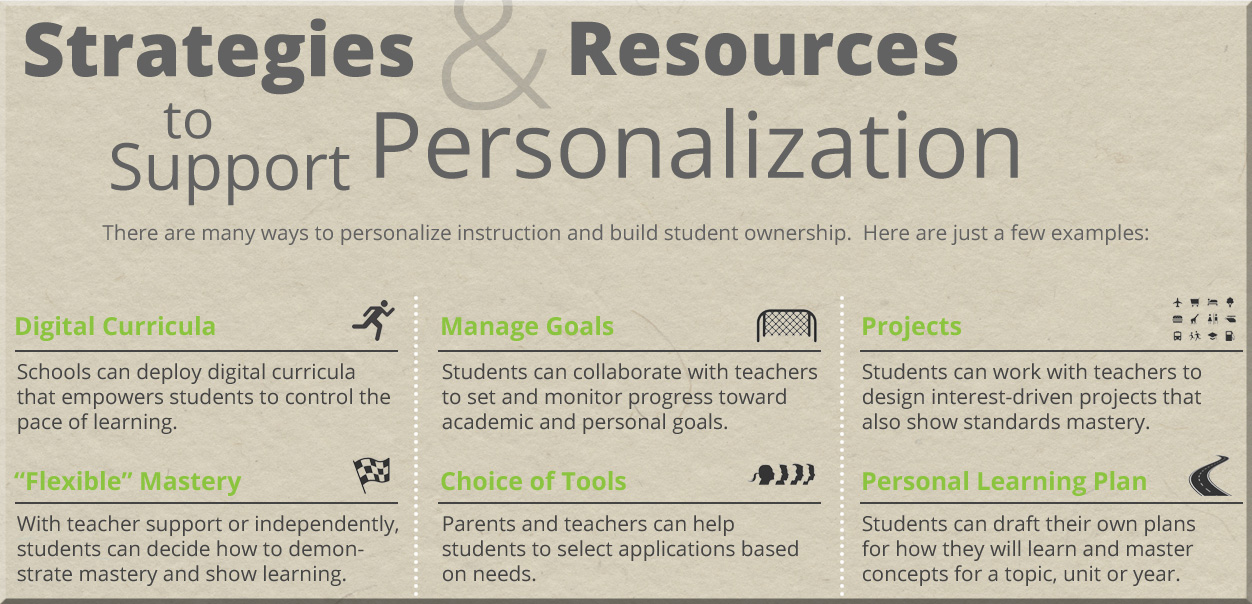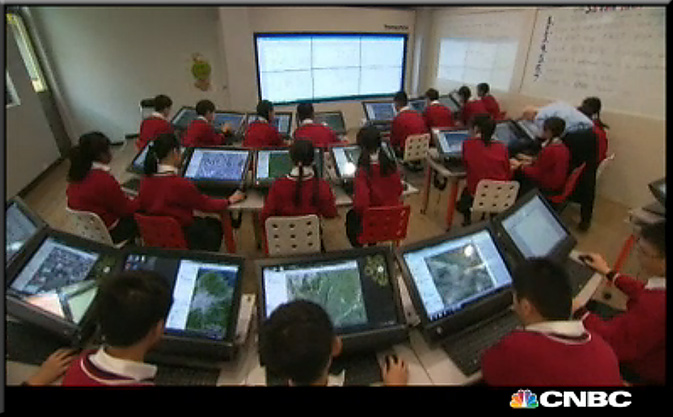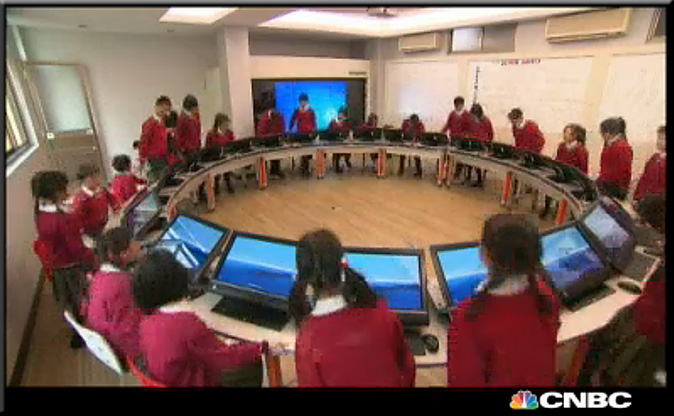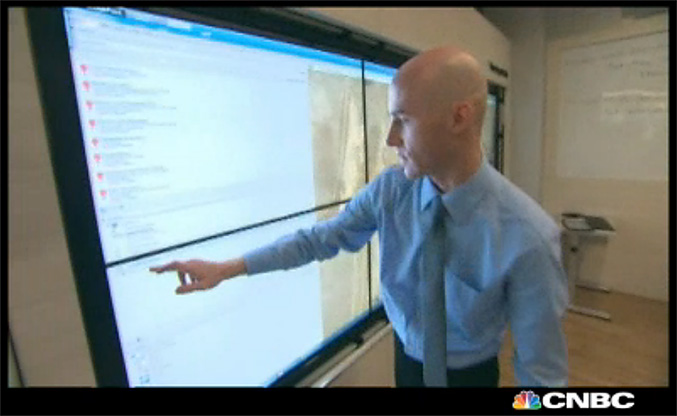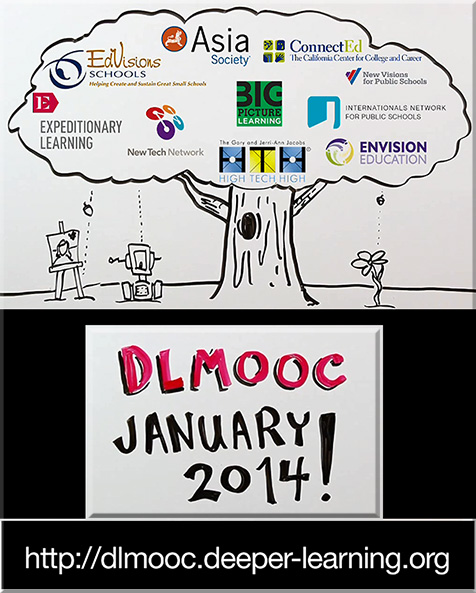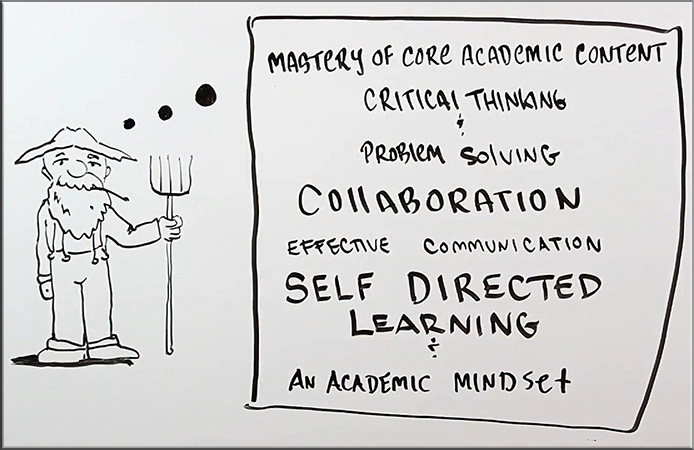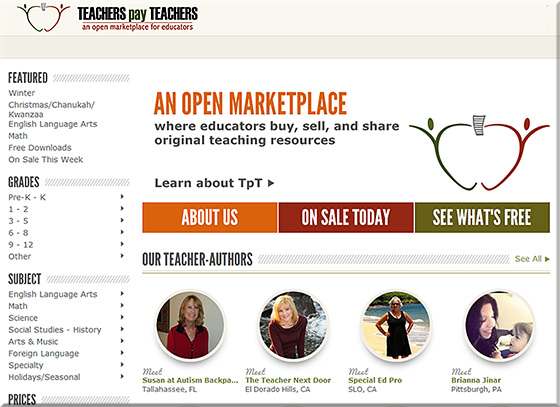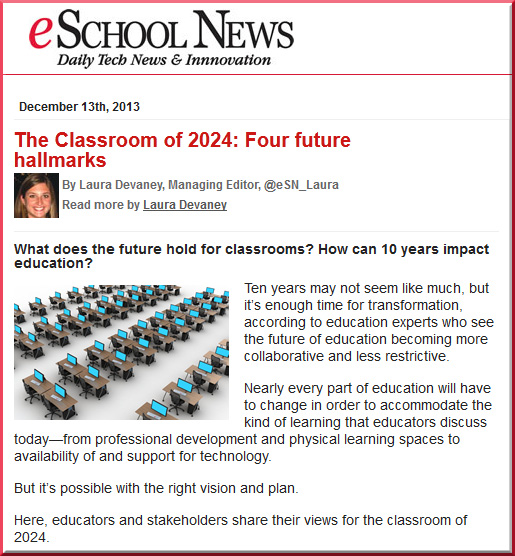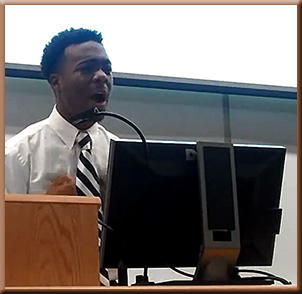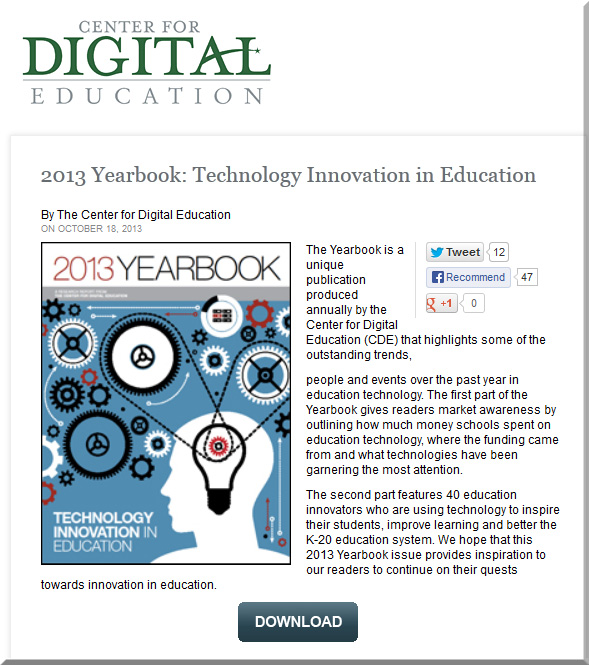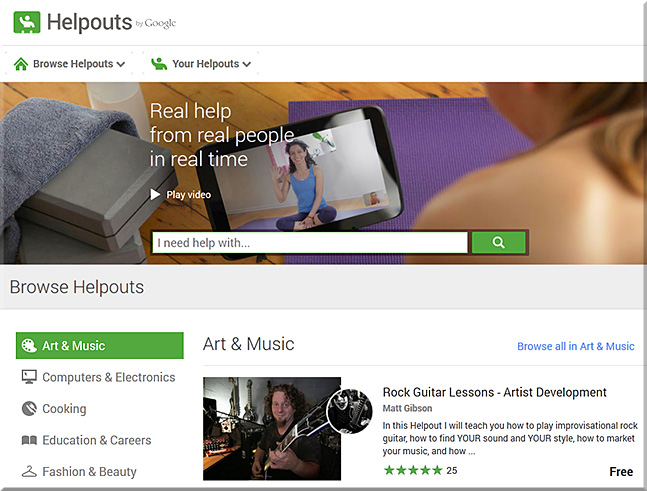Why Educators Need to Know Learning Theory — from onlinelearninginsights.wordpress.com by Debbie Morrison
This second post focuses on learning theory and how it applies to not only course design, but educators’ role in creating excellent learning experiences for their students.
Excerpt:
We need to study learning theory so we can be more effective as educators. In this post I bridge the gap between learning theory and effective educators; describe why we need to start at A to get to B. I also describe how a grasp of learning theory translates to knowledge of instructional methods, that moves educators towards creating optimal learning environments. Post one of this series described optimal learning environments in the context of a framework that includes three dimensions of resources. Post three will include scenarios of institutions applying the principles of the framework, and in this post we take a step back to examine briefly the underpinnings of pedagogical methods.
From DSC:
Debbie Morrison writes a solid postings here. Thanks Debbie!
During my Masters in Instructional Design for Online Learning (at Capella University), I took a course on learning theories. What struck me from the readings/discussions regarding learning theories were that:
- Though all of the learning theories have their place and serve to contribute valuable pieces to the field, there is no silver bullet — and you will find no agreement amongst teachers, professors, learning theorists, cognitive psychologists, others as to thee learning theory of choice
.
- Instructional Designers, teachers, professors, trainers can’t always recall which theory says what, who are the chief proponents/inventors of the theories, and how those theories are supposed to translate into educating others
So I applaud Debbie’s boiling these theories down and providing some characteristics of instructional methods associated with the various theories.
I like how she concludes her posting:
Is one set of instructional methods better than the other? No—and this is the crux of the post, that there is a variety of methods that serve different learning needs. It’s the skilled and intuitive educator that analyzes a learning situation, leverages the resources at his or her disposal (as per the Learning Design Framework) and is able to analyze the situation and design the very best learning experience for his or her student.
Though we humans constantly try to put things into neat little boxes to explain everything, at the end of the day, learning is still messy. Teaching is both an art and a science. And it’s tough. A good teacher is both very valuable and very skilled.
Also see:
A somewhat related item — and an item that illustrates how difficult teaching really is:
Stop motivating kids — from ltojconsulting.com by Lee Jenkins
Excerpt:
Children are born motivated to learn, and almost every one of them comes to kindergarten still motivated.
Our job as educators regarding motivation is twofold:
- Do everything possible to maintain motivation and enthusiasm for learning, and
- when a child has lost enthusiasm, work to restore the original motivation.
Our attempts to motivate through incentives are not working. I estimate that the typical American student receives over 10,000 incentives from kindergarten through grade 12. My estimate comes from five incentives per day times 180 school days times 13 years.









